Wildlife
Latest
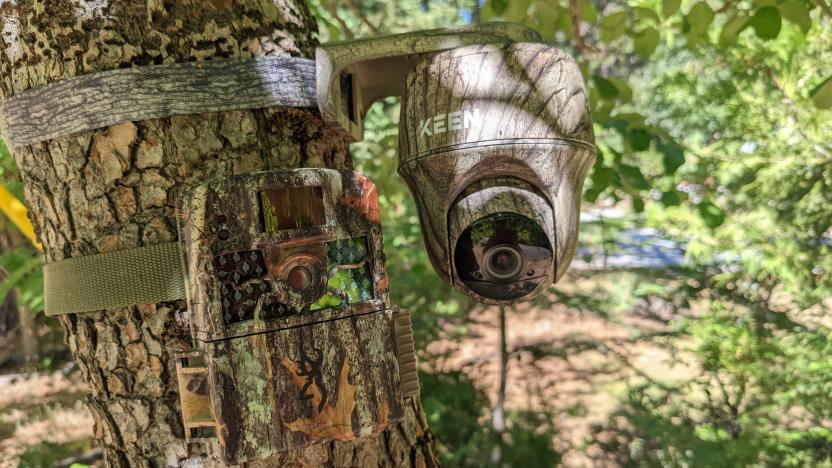
The best trail cameras for keeping an eye on your backyard wildlife
Here's a list of the best trail cameras you can buy, along with advice on how to pick one for your environment.
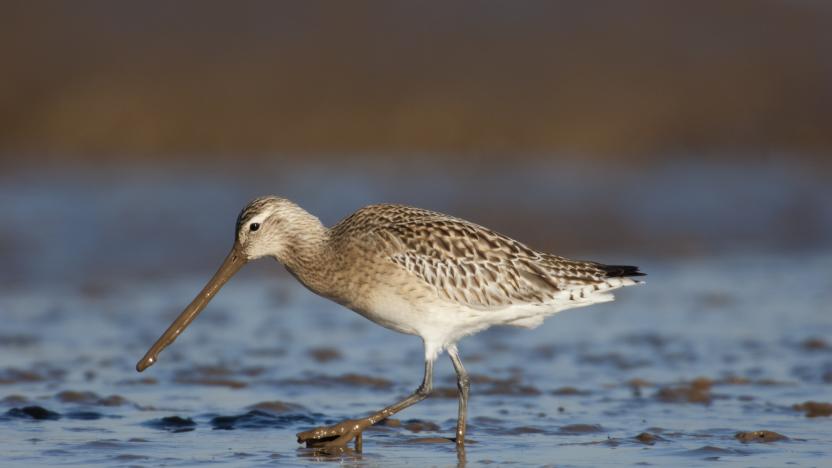
Recommended Reading: Tracking migratory birds
Recommended Reading highlights the week's best writing on technology and more.
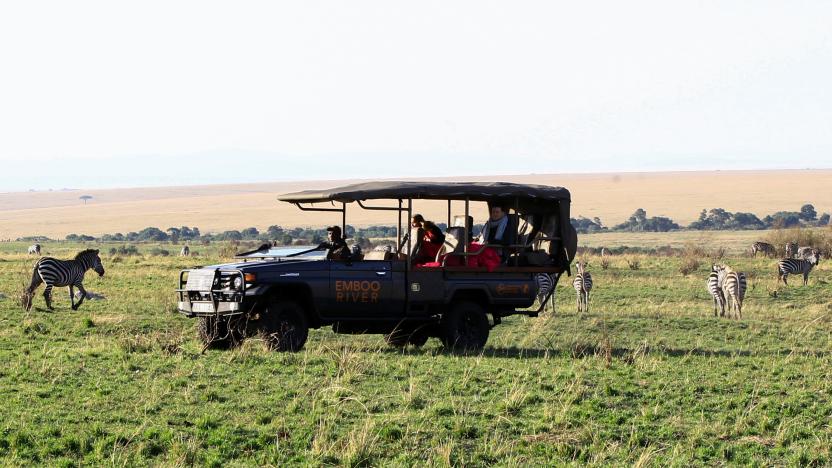
EV safaris promise cleaner, quieter wildlife tours
Go on safari in Kenya and you might hop aboard an EV that's quiet enough to let you see the wildlife without disturbing it.

WildLeaks: The whistleblowing site for planet Earth
“Really, fuck fuck fuck fuck, fuck” Andrea Crosta tells the driver of the car he just got in. Crosta is the founder of WildLeaks, a whistleblowing site for environmental crime, and he’s just aborted an undercover operation with a prominent ivory trader in China. Crosta wasn’t alone, and his collaborator’s hidden camera was spotted after she conspicuously moved her purse in front of some illegal merchandise.
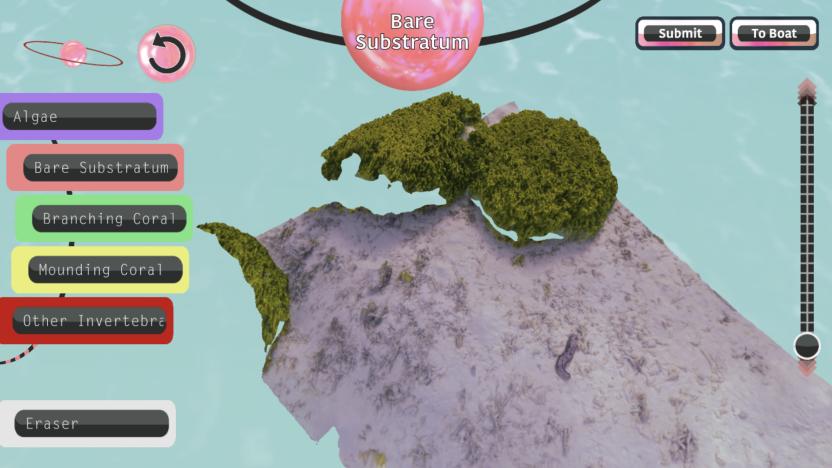
NASA's supercomputer needs your help to map coral reefs
NASA usually studies space, but the agency is currently hoping to save ocean wildlife with this game.
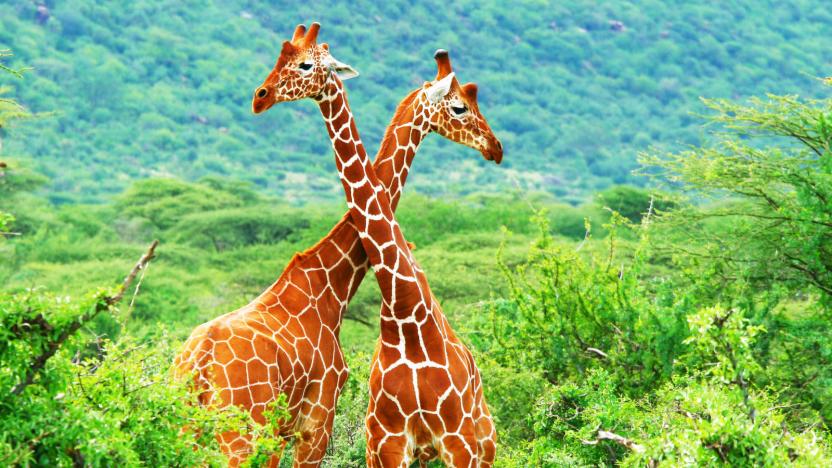
Google AI tool helps conservationists (and the public) track wildlife
Google is quickly putting its wildlife-spotting AI to good use. The internet giant has launched a Wildlife Insights tool that helps conservationists track wildlife by not only parsing their photos, but sharing them in a searchable public website. The AI automatically tosses out photos that are highly unlikely to include animals and tries to label the animals it does spot, dramatically speeding up a laborious task. That, in turn, helps researchers track animal populations as they're affected by climate change and direct human intrusion.

DeepMind uses AI to track Serengeti wildlife with photos
DeepMind has joined the ranks of those using AI to save fragile wildlife populations, and it's doing that on a grand scale. The company is partnering with conservationists and ecologists on a project that uses machine learning to speedily detect and count animals in "millions" of photos taken over the past nine years in Tanzania's Serengeti National Park. Where it normally takes up to a year for volunteers to return labeled photos, DeepMind has developed a model that can label most animals at least as well as humans while shortening the process by up to nine months That's no small challenge when animals seldom cooperate with motion-sensitive cameras -- the AI can recognize out-of-focus cheetahs or fast-moving ostriches.
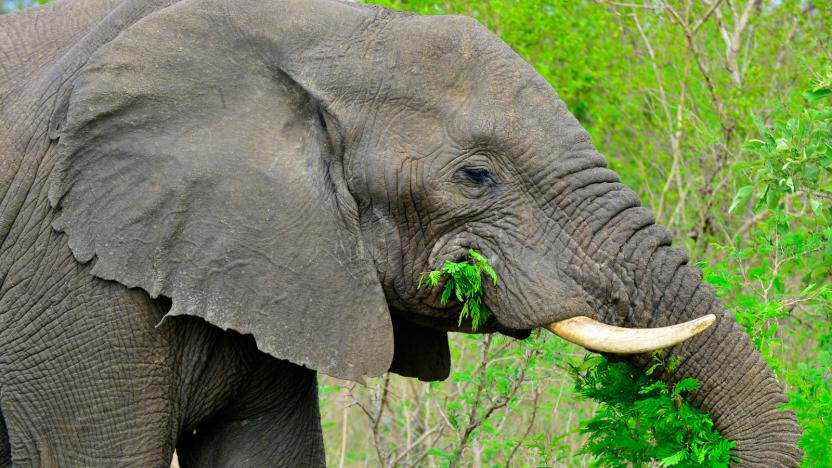
Intel-powered camera uses AI to protect endangered African wildlife
Technology is already in use to help stop poachers. However, it's frequently limited to monitoring poachers when they're already in shooting range, or after the fact. The non-profit group Resolve vows to do better -- it recently developed a newer version of its TrailGuard camera that uses AI to spot poachers in Africa before they can threaten an endangered species. It uses an Intel-made computer vision processor (the Movidius Myriad 2) that can detect animals, humans and vehicles in real-time, giving park rangers a chance to intercept poachers before it's too late.
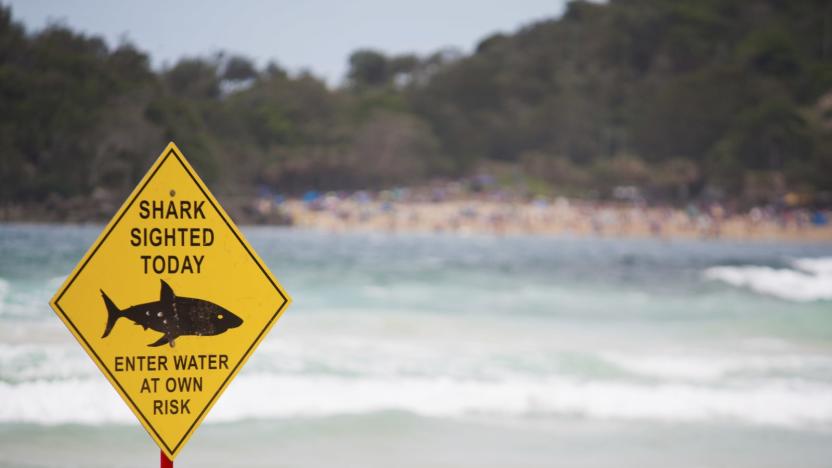
Drones will watch Australian beaches for sharks with AI help
Humans aren't particularly good at spotting sharks using aerial data. At best, they'll accurately pinpoint sharks 30 percent of the time -- not very helpful for swimmers worried about stepping into the water. Australia, however, is about to get a more reliable way of spotting these undersea predators. As of September, Little Ripper drones will monitor some Australian beaches for signs of sharks, and pass along their imagery to an AI system that can identify sharks in real-time with 90 percent accuracy. Humans will still run the software (someone has to verify the results), but this highly automated system could be quick and reliable enough to save lives.
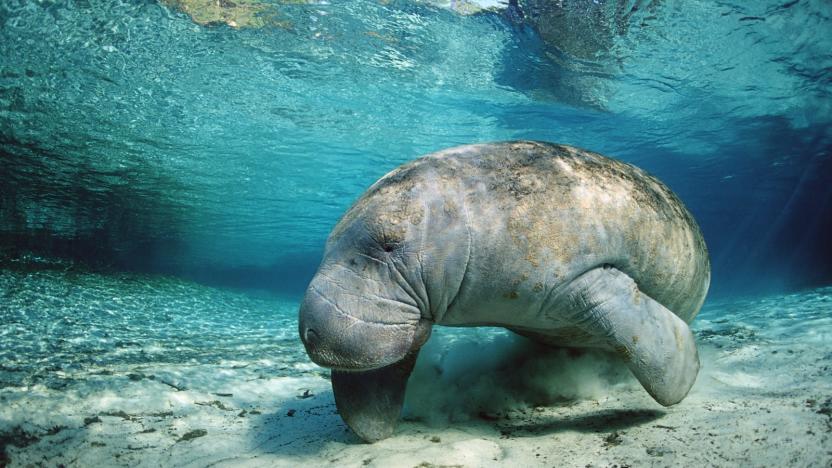
Google machine learning can protect endangered sea cows
It's one thing to track endangered animals on land, but it's another to follow them when they're in the water. How do you spot individual critters when all you have are large-scale aerial photos? Google might just help. Queensland University researchers have used Google's TensorFlow machine learning to create a detector that automatically spots sea cows in ocean images. Instead of making people spend ages coming through tens of thousands of photos, the team just has to feed photos through an image recognition system that knows to look for the cows' telltale body shapes.

Ebay, Etsy, Microsoft and others vow to ban illegal wildlife trading
A smattering of internet merchants, services and tech titans have spoken: no trading of live animals or their illegally-sourced body parts, like rhino horns or turtle meat, on their watch. Etsy, eBay, Gumtree, Microsoft, Yahoo and Tencent have all signed a compact to standardize practices across social media and ecommerce platforms. Ideally, these uniform practices will tighten up loopholes that permit trading of illicit wildlife goods.
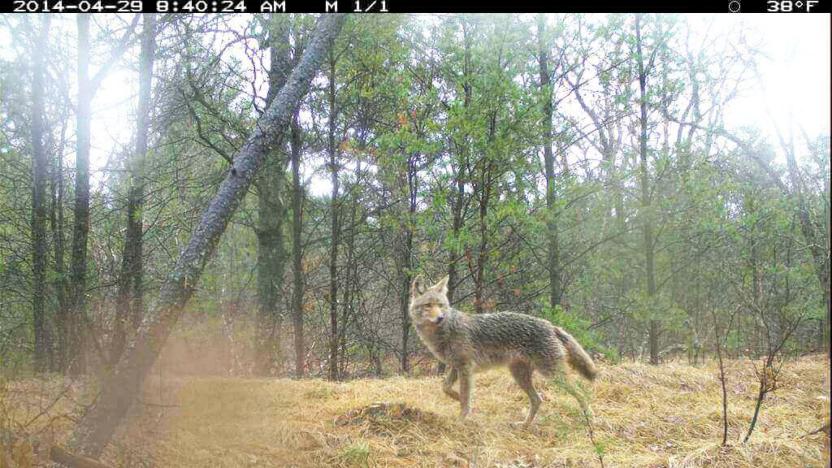
NASA and Wisconsin are covering the state with wildlife cameras
NASA's next search for life is headed somewhere close to home: into the woods of Wisconsin, where the space agency is partnering with the University of Wisconsin-Madison and the Wisconsin Department of Natural Resources to create "one of the richest and most comprehensive caches of wildlife data for any spot on our planet."

Google Street View takes you on a South African safari
So you've wanted to see African wildlife in its native habitat, but the prospect of booking such an expensive trip makes your bank account weep. What to do? Google can help. It just introduced the Mzansi Experience, a virtual visit to South Africa that uses Street View to give you a sense of the country's grandiose landscape. On top of seeing elephants, leopards and other fauna, it'll take you to everything from Cape Town's Table Mountain through to Durban's Golden Mile. While this still won't be as awe-inspiring as a real safari, it'll require much less effort... and it might even inspire you to go when your finances allow.

Scent-dispensing chips help researchers snap wild wolverines
Wildlife experts in the US have a cunning technique to track "high-elevation" animals such as wolverines, lynx and gray wolves. Small survey stations known as "camera traps" use tempting scents to lure them in, before snapping a quick shot that can be used for research. The problem? The scent runs out after a few weeks, forcing conservationists at places like Woodland Park Zoo and Idaho Fish and Game to trek out and replace them manually. Microsoft researcher Mike Sinclair has been working with Dr. Robert Long, a senior conservation fellow at Woodland Park Zoo, and Joel Sauder, a wildlife biologist for Idaho Fish and Game, on a solution. The trio have developed an ultra-low power control processor, powered by lithium batteries, that's programmed to dispense just three millilitres of liquid scent through a tiny peristaltic pump each day. Just enough to lure the animals, but more importantly, the hardware can last six to nine months without any maintenance.
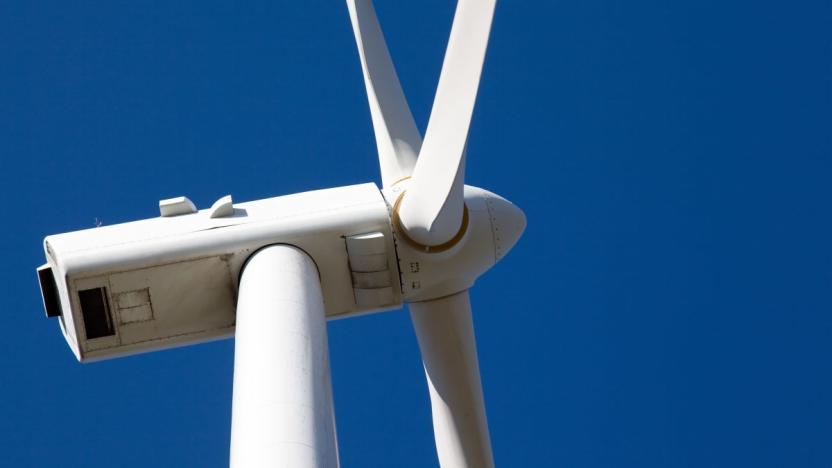
Study maps where golden eagles are safe from wind turbines
Researchers have completed a novel study that may help the wind farm industry avoid protected golden eagle habitats. Wind turbine blades reportedly kill up to 300,000 birds per year in US, which is admittedly a small percentage compared to those killed by your cat. Still, the golden eagle is particularly susceptible, considering that around 100 individuals were killed last year by a single wind farm in Altamont, California -- and there are only 500 breeding pairs in the state. The new study posits a simple idea: Why not plot both golden eagle habitats and the areas with the best wind farm potential, and make sure the areas don't intersect?

Bears don't like being filmed by drones either
It's tempting to use drones to observe wildlife instead of aircraft or hidden cameras, especially since some animals aren't visibly annoyed by the presence of these robotic viewers. However, that calm exterior might be hiding serious stress underneath. University of Minnesota researchers have learned that the heart rate of a black bear can jump dramatically when a drone is overhead, even if there's no outward signs of trouble. One bear's heart rate quadrupled from a placid 41 beats per minute to 162. While the bears' heart rates fell soon after the UAVs flew away, it's possible that they're simply familiar enough with human-operated machines to relax -- isolated bears might not be quite so placid.

The US wants you to track endangered wildlife with your phone
The next time you go fishing, make sure to bring your smartphone... it might just help you protect an endangered species. The US Fish and Wildlife Service is partnering with the developers of mobile app FishBrain to crowdsource conservation data. A new feature in the free software lets you catalog as many as 50 threatened species (aquatic or otherwise) during a trip, helping conservationists find out both where these critters live and why their populations are dropping. It seems paradoxical to ask anglers for help saving coastal life, but it makes sense when you think about it -- they're the most likely to see these rare animals, and they're often well aware that extinction has dire consequences. The big challenge will simply be getting enough people using the app to provide meaningful input. [Image credit: AP Photo/John Flesher]

Empire State Building projection shines a light on endangered animals
If you were hanging around midtown Manhattan this weekend, you may have noticed some exotic animals projected on to the side of the Empire State Building. What was that all about? As it turns out, that was one of the more ambitious examples of tech-powered advocacy in recent memory. It was Projecting Change, a collaboration between the Oceanic Preservation Society and Obscura Digital that used striking imagery to highlight the plights of endangered species, such as snow leopards and manta rays. The piece relied on 40 stacked projectors to beam 5K video on to the legendary New York City skyscraper. At 33 floors tall, the resulting image was clear within about 20 blocks' radius -- you could have had a good view at 14th Street. There's sadly no talk of repeating the event in the near future, but there are replays both on YouTube and Discovery if you want to see what happened. [Image credit: Joel Sartore and Ron Robinson/Obscura Digital]

Tiny geolocators track birds flying 1,600 miles across the Atlantic
It's easy to prove that big birds like gulls will cross oceans when they migrate, but tiny birds are another matter -- the trackers you need are usually enormous in comparison. The Vermont Center for Ecostudies wasn't daunted, though. It successfully tested extra-small geolocators on blackpoll warblers, migratory songbirds that are too small and light (0.4oz) to shoulder previous sensors. The newer device weighs just 0.02oz, and is no bigger than a dime. As you can see above, it was more of a minor inconvenience than a heavy burden.

The world's largest solar thermal power plant is incinerating thousands of local birds
A common sight in the sky above the world's largest solar thermal power plant is a "streamer," a small plume of smoke that occurs without warning. Closer inspection, however, reveals that the source of the smoke is a bird that has inadvertently strayed into the white-hot heat above the plant's many reflecting mirrors. Because the BrightSource Energy plant near Ivanpah, California, uses supercritical steam rather than photovoltaic energy, the sun's heat is reflected off more than 300,000 mirrors to a single point, which is used to drive a steam turbine. The downside of that, of course, is that it's lethal for any wildlife that strays into the picture -- a problem that was recognized well before the facility opened, but now the government has gotten involved.








